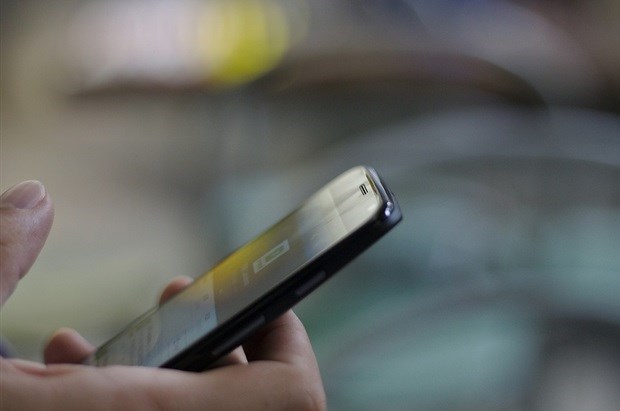
It provides insight into the future of 5G networks, including a forecast of 150 million 5G mobile subscriptions by 2021. These networks, based on standards that meet ITU IMT-2020 requirements, are expected to be deployed commercially from 2020.
South Korea, Japan, China and the US are predicted to lead with the first, and fastest, 5G subscription uptake. 5G will connect new types of devices, enabling new use cases related to the Internet of Things (IoT); the transition will open up new industries and verticals to ICT transformation.
With 20 new mobile broadband subscriptions activated every second, global increase in mobile subscriptions is another clear driver for data traffic growth. As of now, there are the same amounts of mobile subscriptions as there are people on the planet; in 2016, we will reach the four billion mark for smartphone subscriptions alone.
{{IMage}}
According to this latest edition of the Ericsson Mobility Report, global mobile subscriptions are growing around 5% year-on-year. India grew the most in terms of net additions during the quarter (+13 million), followed by China (+7 million), the US (+6 million), Myanmar (+5 million), and Nigeria (+4 million).
In sub-Saharan Africa GSM/EDGE-only is still the most popular technology for mobile subscriptions. With 500 million subscriptions forecast in 2015, it still accounts for over 70% of total mobile subscriptions. This is however expected to change rapidly up to 2021, when WCDMA/HSPA combined with LTE will account for almost 80% of subscriptions.
The regional report also reflects that while the average revenue per user (ARPU) for data has been rising, leading to a higher contribution of data revenue to total operator revenue, this does not quite offset the drop in voice ARPU. By the end of 2021, monthly mobile data traffic in sub-Saharan Africa is expected to be almost 2,200 Petabytes (PB). Between 2015 and 2021, data traffic is projected to grow 15 times in sub-Saharan Africa, driven by an increased spread of LTE.
Smartphones will account for almost 95% of mobile data traffic by 2021, up from close to 80% in 2015. Voice traffic over the same period will only marginally increase.
Fredrik Jejdling, Regional Head of Ericsson sub-Saharan Africa, says, "In sub-Saharan Africa, the dividends of connecting the unconnected through mobile broadband access and driving new services cannot be overlooked, as it allows business and society to fulfil their potential and create a more sustainable future. For example, increased connectivity improves the prospect of financial inclusion for the 70% unbanked through mobile money services starting to take form across Africa. The same is true for transformation in the agriculture, healthcare and even the media industries. As we approach 100% mobile penetration, focus should be on ensuring that the value of ubiquitous mobile access is harnessed for the common good of all."
Other highlights from the latest Global Ericsson Mobility Report include:
• Mainland China overtakes the US as world's largest LTE market: By the end of 2015, mainland China will have 350 million LTE subscriptions, - nearly 35% of the world's total LTE subscriptions. The market is predicted to have 1.2 billion LTE subscriptions by 2021.
• ICT powers the low-carbon economy: ICT will enable savings in energy consumption and greenhouse gas (GHG) emissions across all other industrial sectors. The total emission reduction could be up to 10 gigatons of CO2e, representing about 15% of global GHG emissions in 2030 - more than the current carbon footprint of the US and EU combined.New to the report is the Mobile Business Trends appendix. The appendix outlines eight trends that detail how successful mobile operators are using different ways to monetize the explosion in data consumption and growing demand for mobile services.
The Traffic Exploration Tool, which accompanies the report, can be used to create customized graphs and tables using the newly published data. The information can be filtered by region, subscription, technology, traffic and device type.